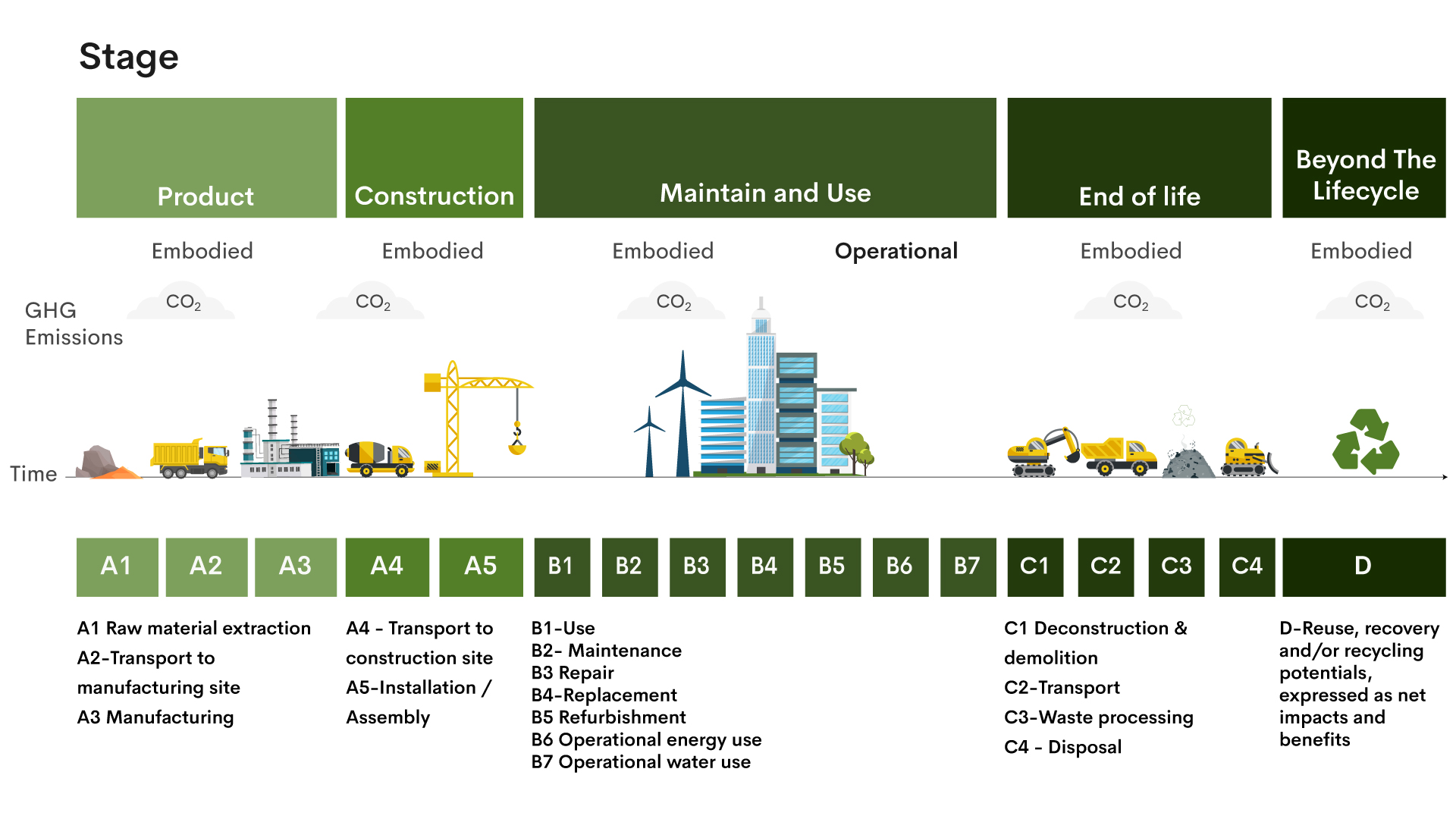What Does End-of-Life Include?
A product enters the EoL phase once it is no longer in use. It may:
- Be treated as waste through incineration, landfilling, composting, or other disposal methods.
- Be recycled or reused as part of another product.
To begin modelling EoL, you must:
- Map the product system to determine how various components are handled post-use.
- Connect these outcomes to environmental data using LCA software.
Let’s break this process down further.
Step 1: Mapping Your Product's EoL Pathways
Start by identifying what happens to each part of the product at EoL. Determine what percentage is recycled, incinerated, landfilled, or otherwise processed. If the EoL process is managed through a take-back or closed-loop system, direct data can be used for the most accurate results.
If primary data isn’t available, make informed assumptions using:
- Industry-specific averages (e.g., from the Construction sector’s Environmental Database)
- National or regional waste statistics
- Broader continental-level data
Even rough estimates can be useful, especially if grounded in credible sources.
Step 2: Linking Processes to Environmental Data
Once the likely EoL scenarios are identified, the next step is to link these to Life Cycle Inventory (LCI) data. Many LCI databases include standardized datasets for common waste and recycling processes, allowing you to model environmental impacts effectively.
That covers the basics. But one aspect that often requires deeper attention is recycling; let’s explore that next.
Modelling the Environmental Benefits of Recycling
Recycling and energy recovery processes can create useful by-products. For instance:
- Incineration may generate energy and heat.
- Recycling transforms waste into secondary materials that substitute for new (primary) materials.
These secondary materials start their own life cycles and must be accounted for separately in your LCA. This can improve the product’s environmental profile if modelled correctly.
However, the methodology varies depending on the LCA framework that is used.









